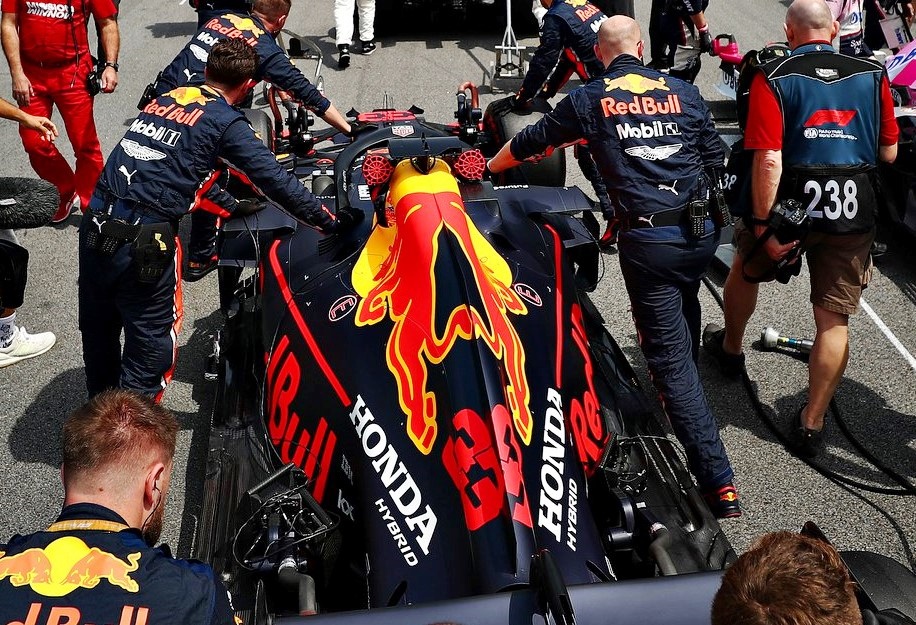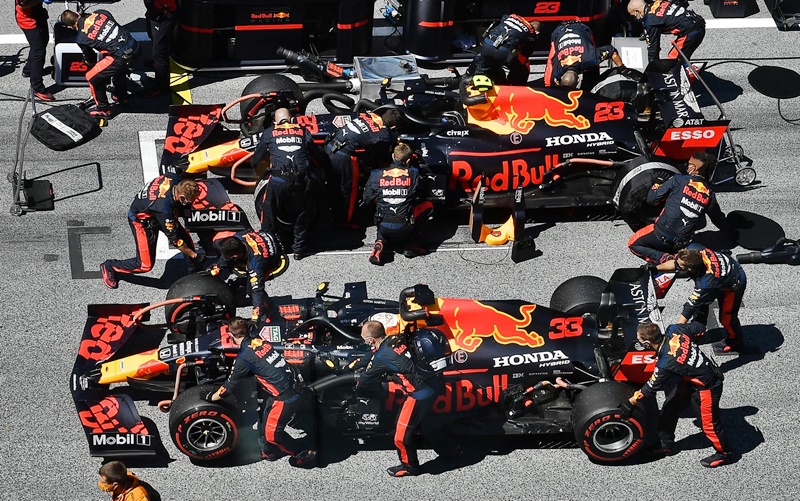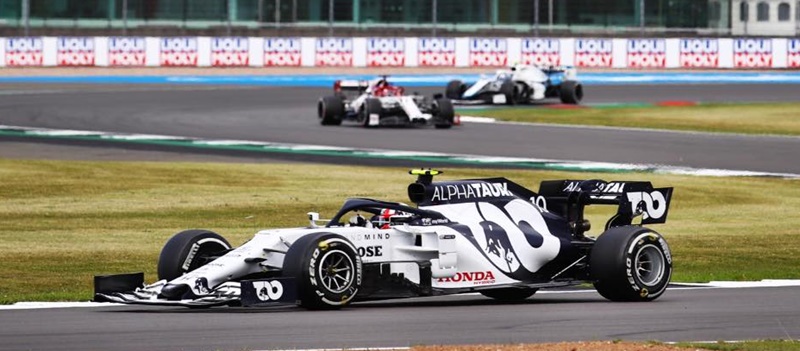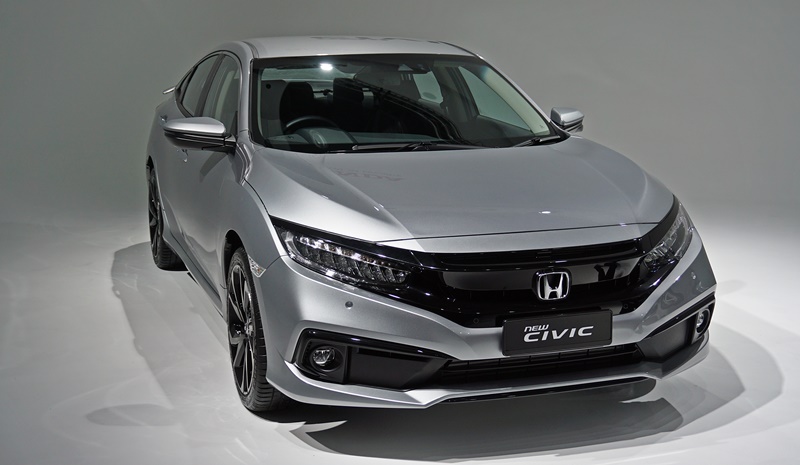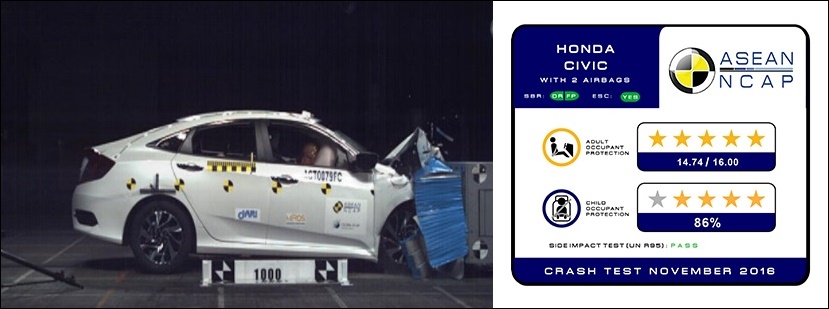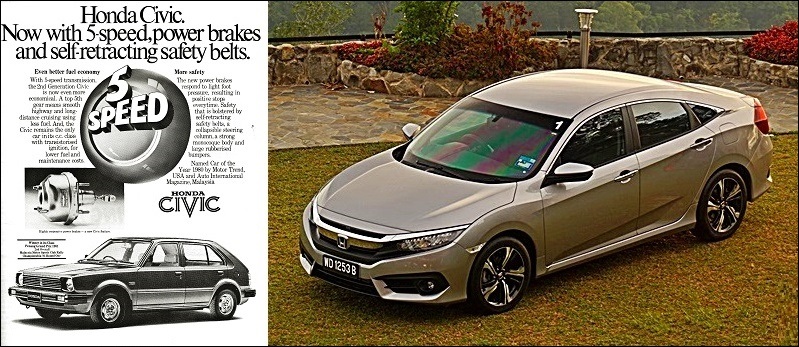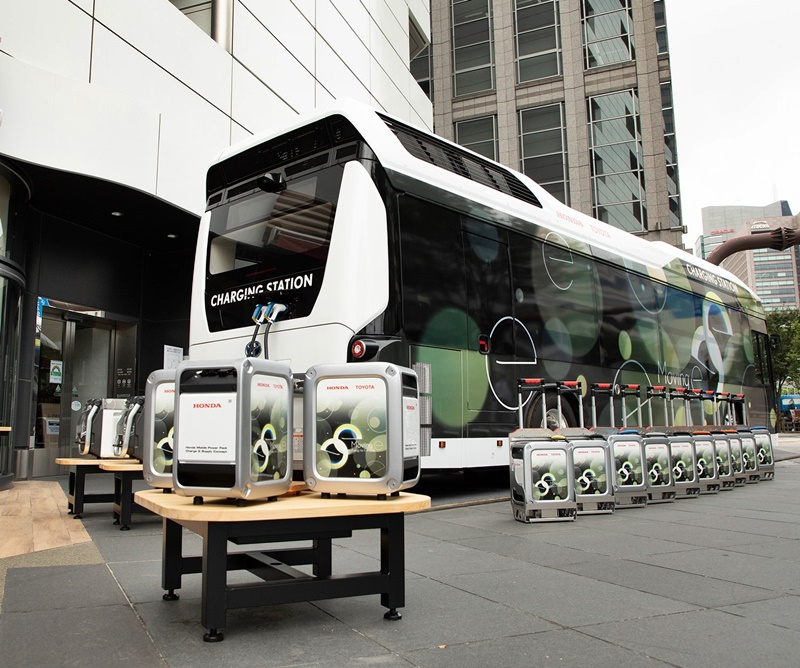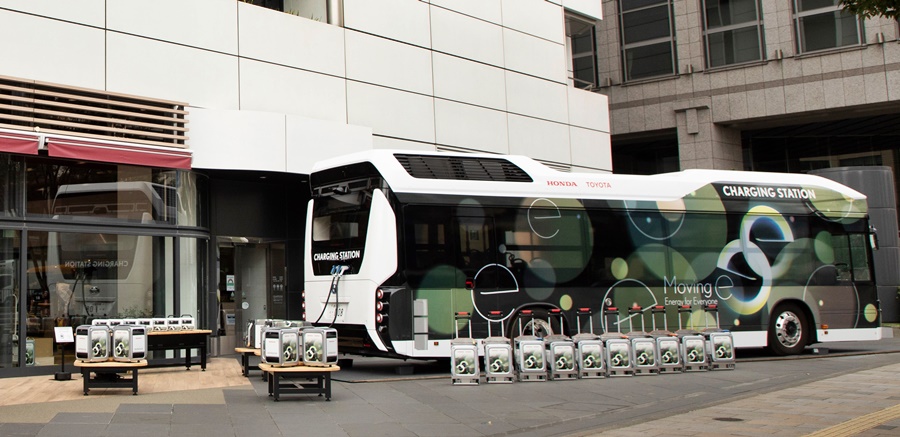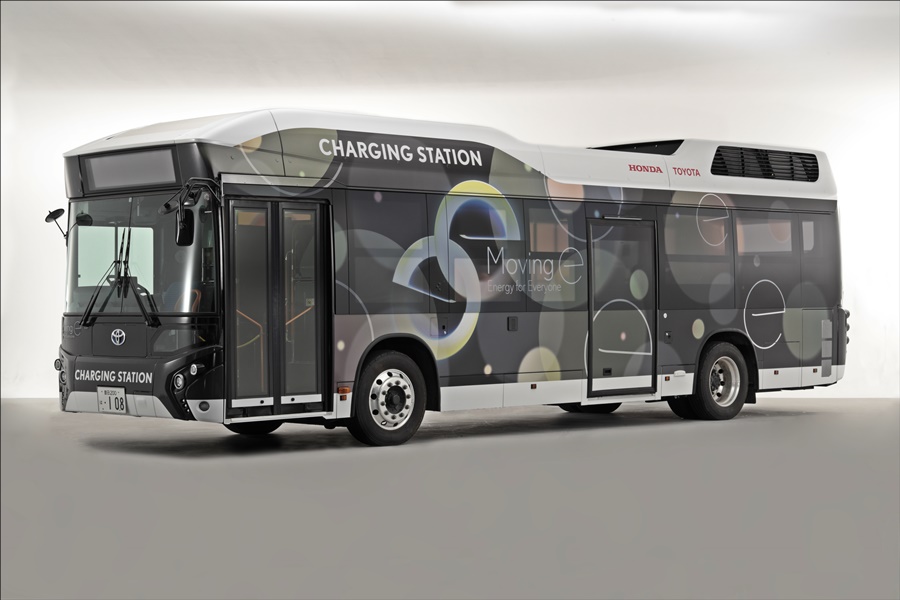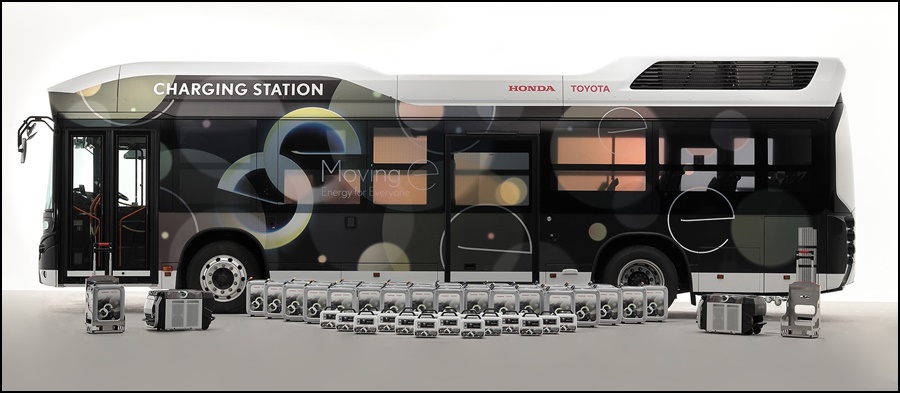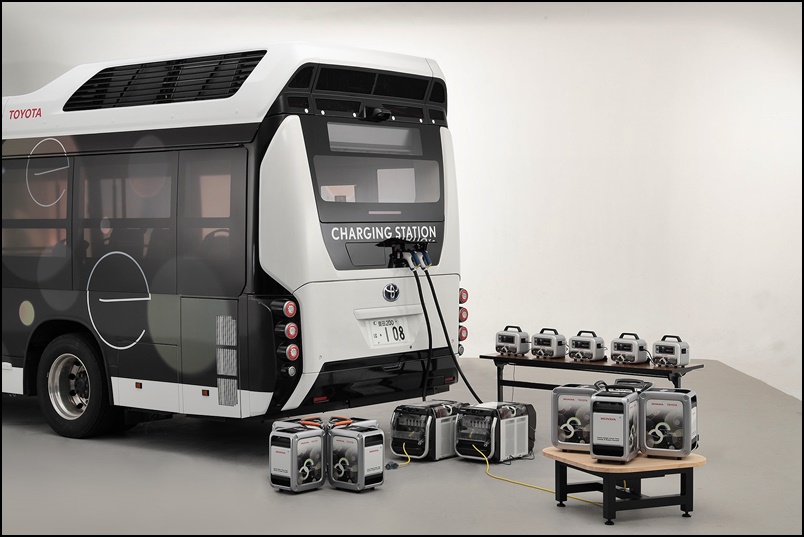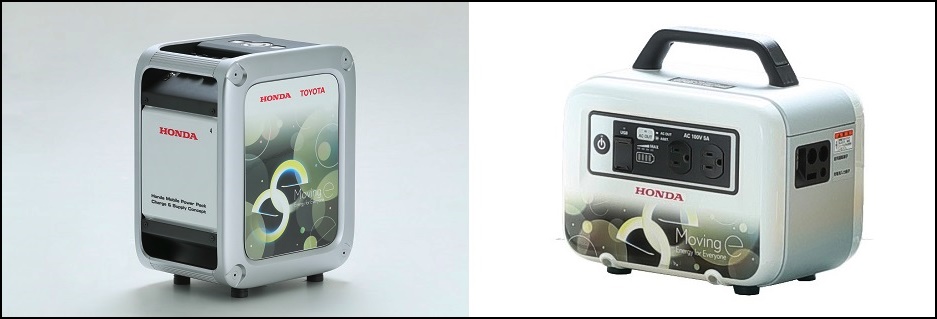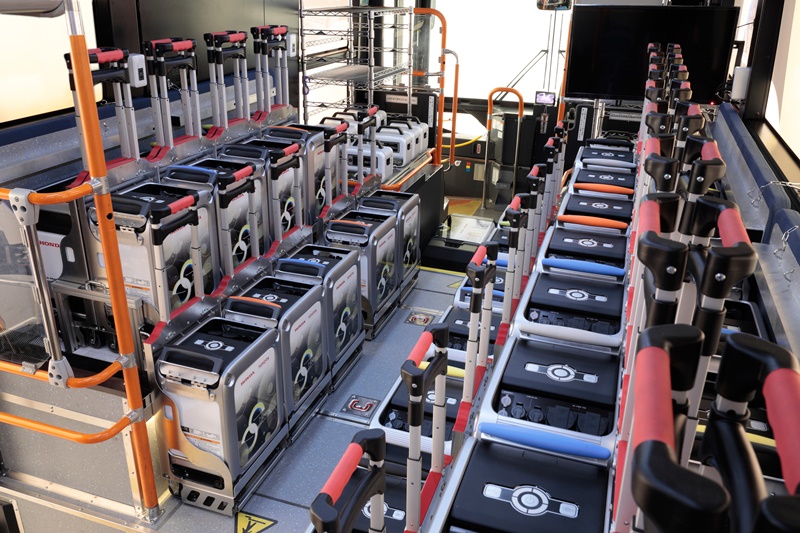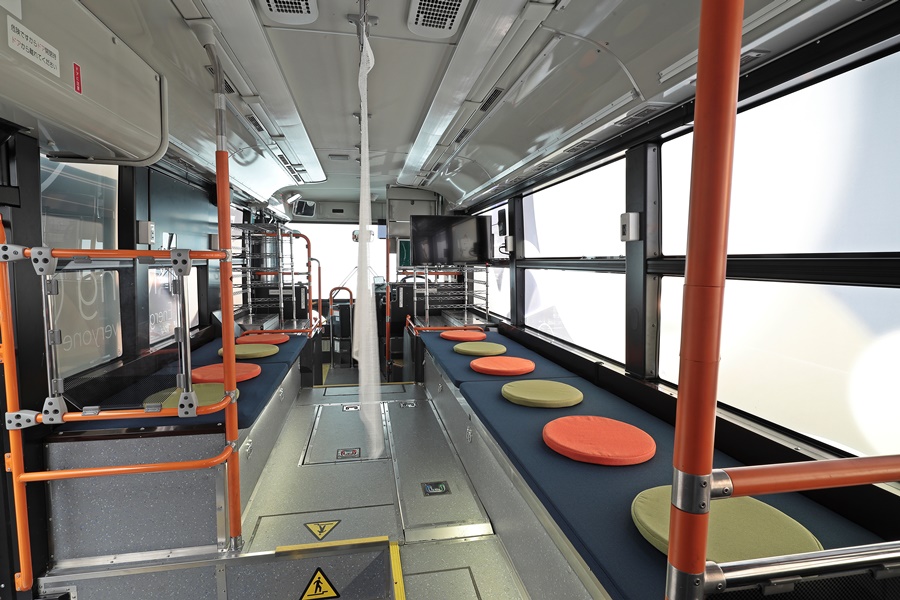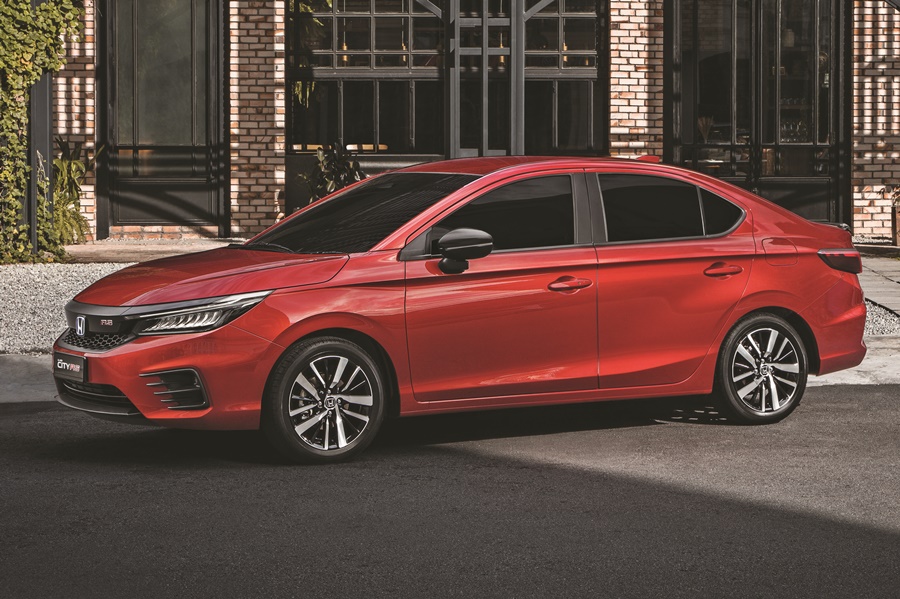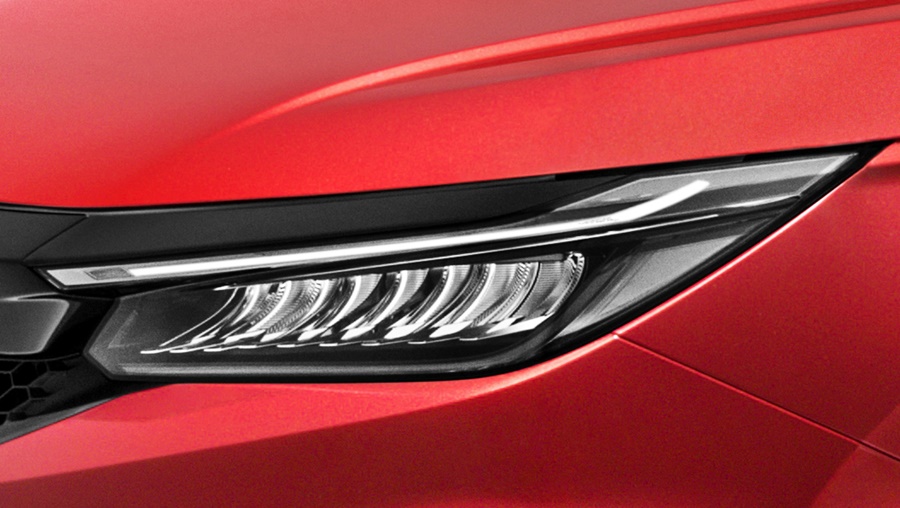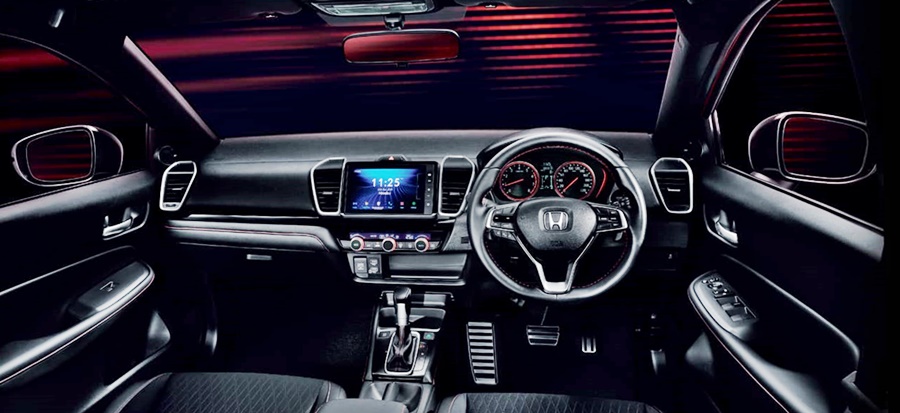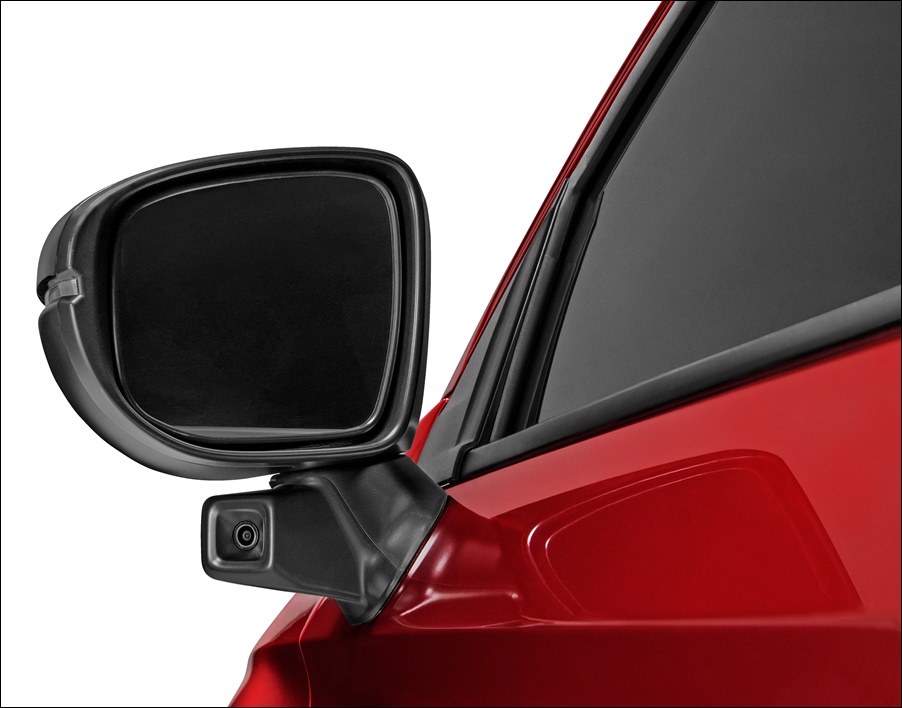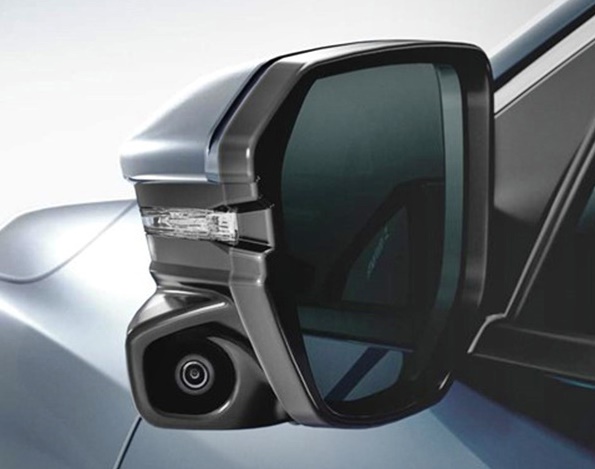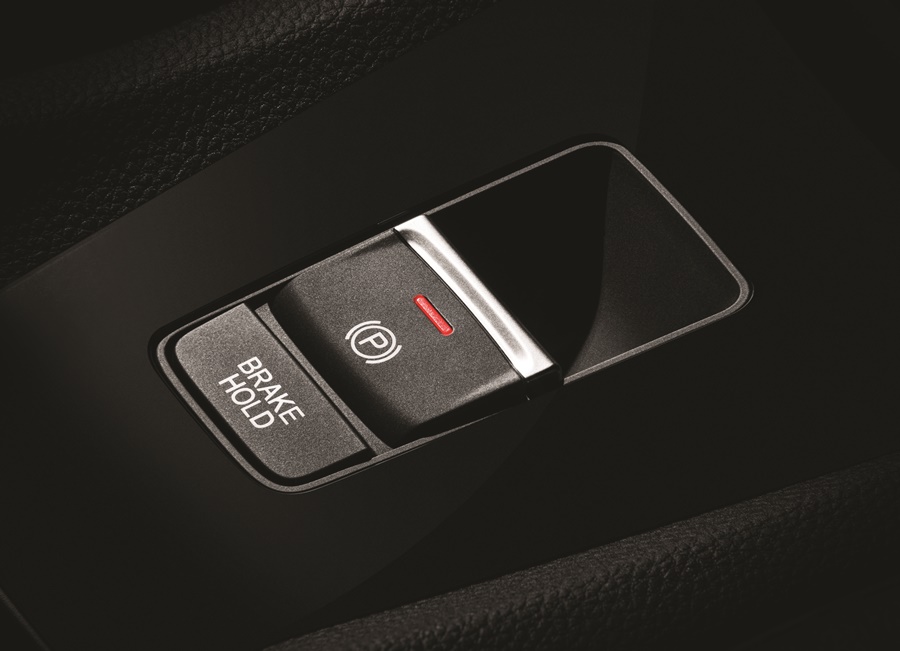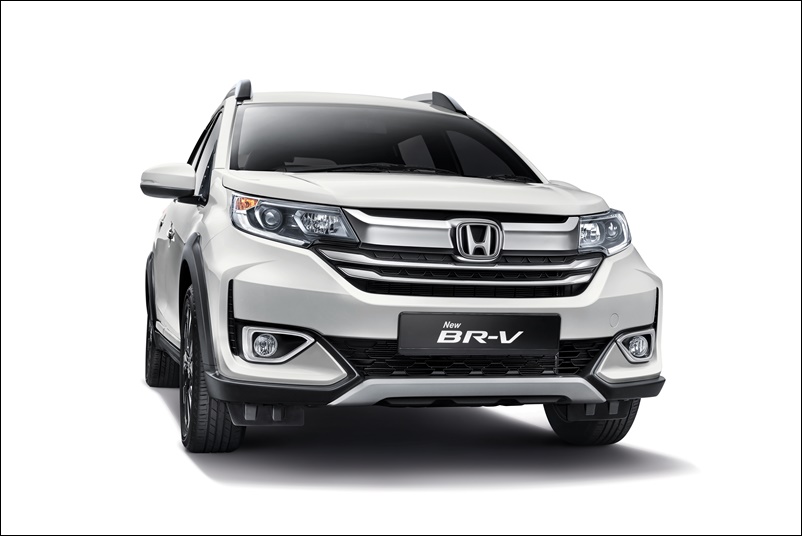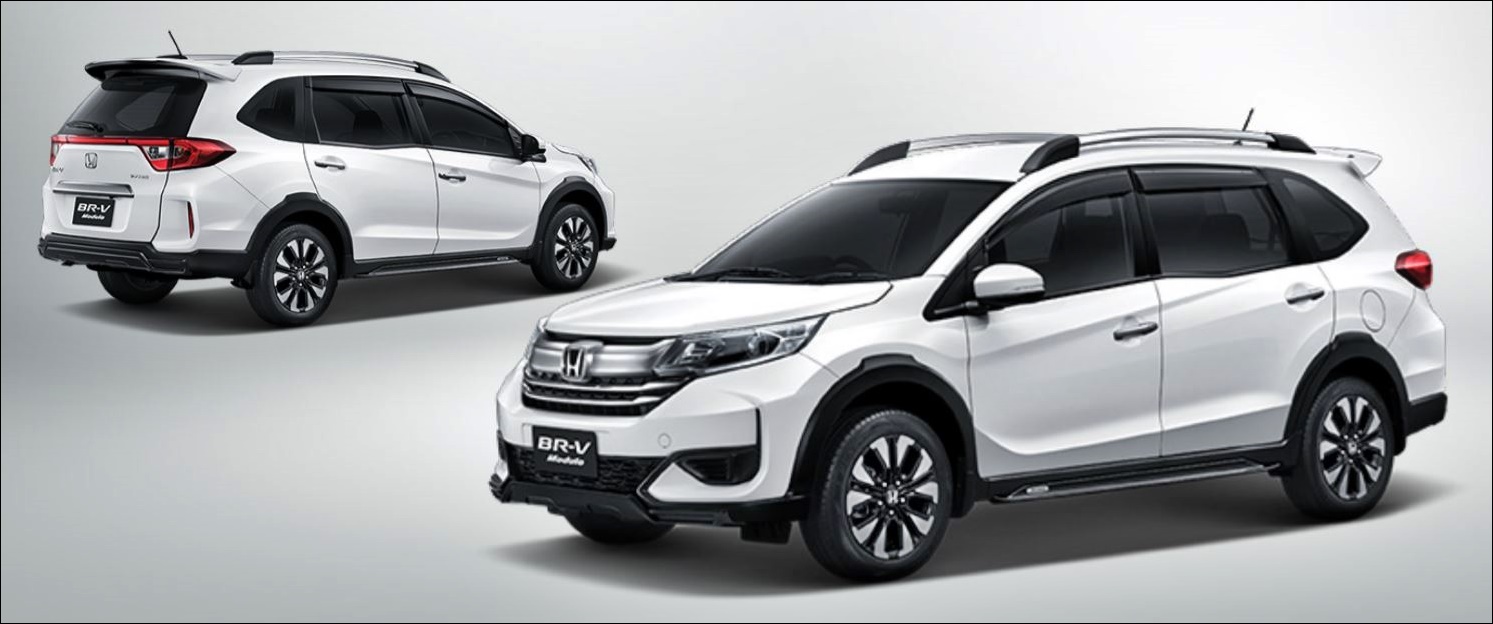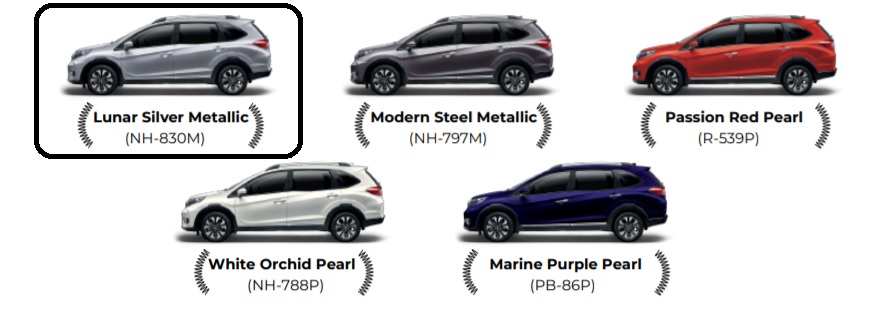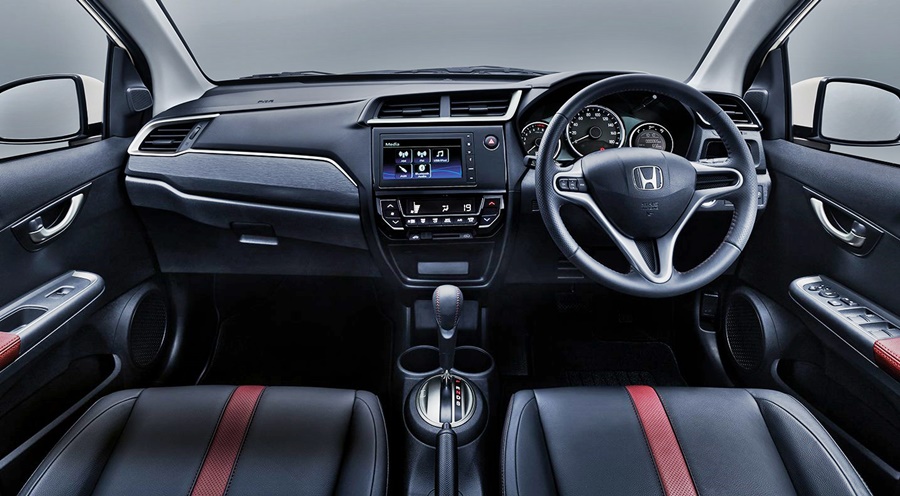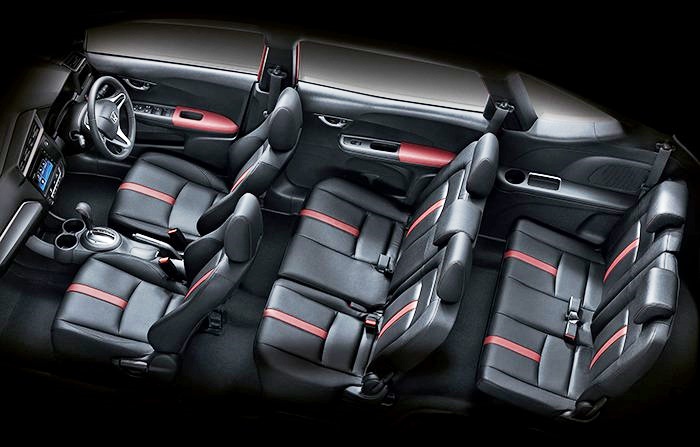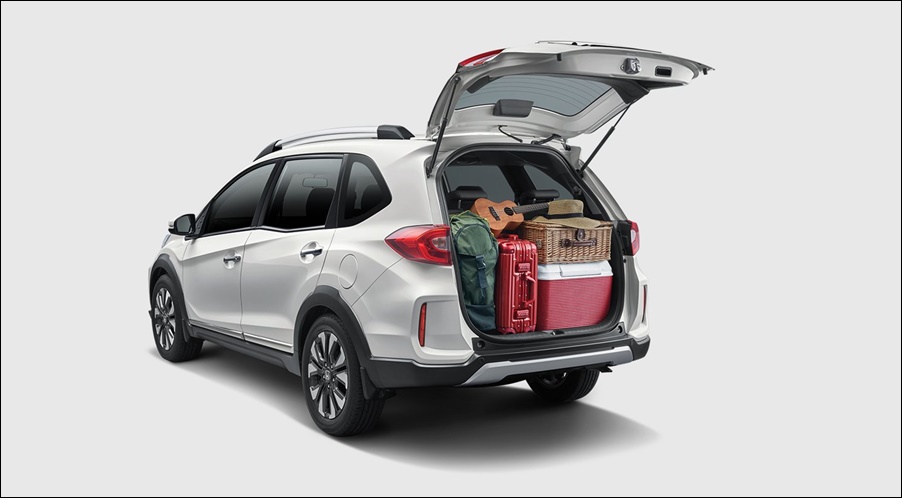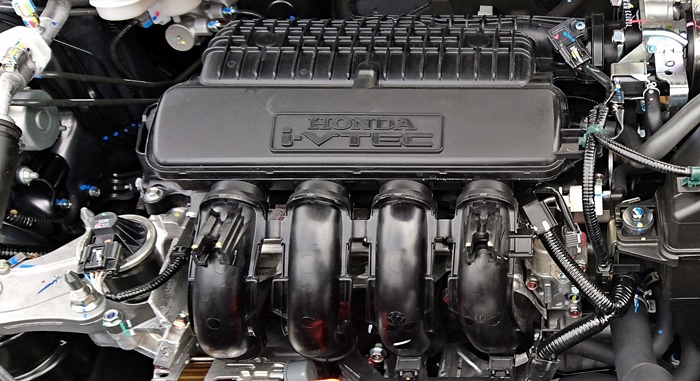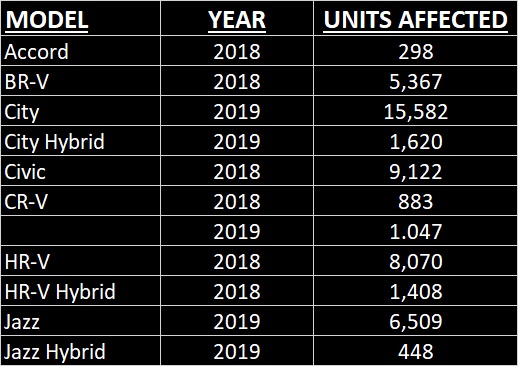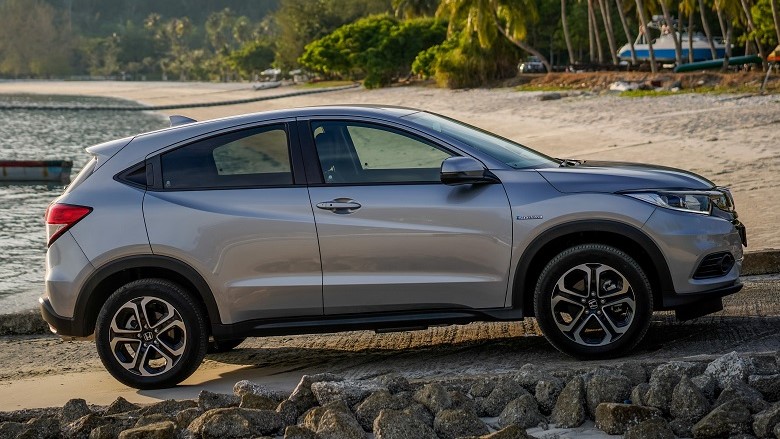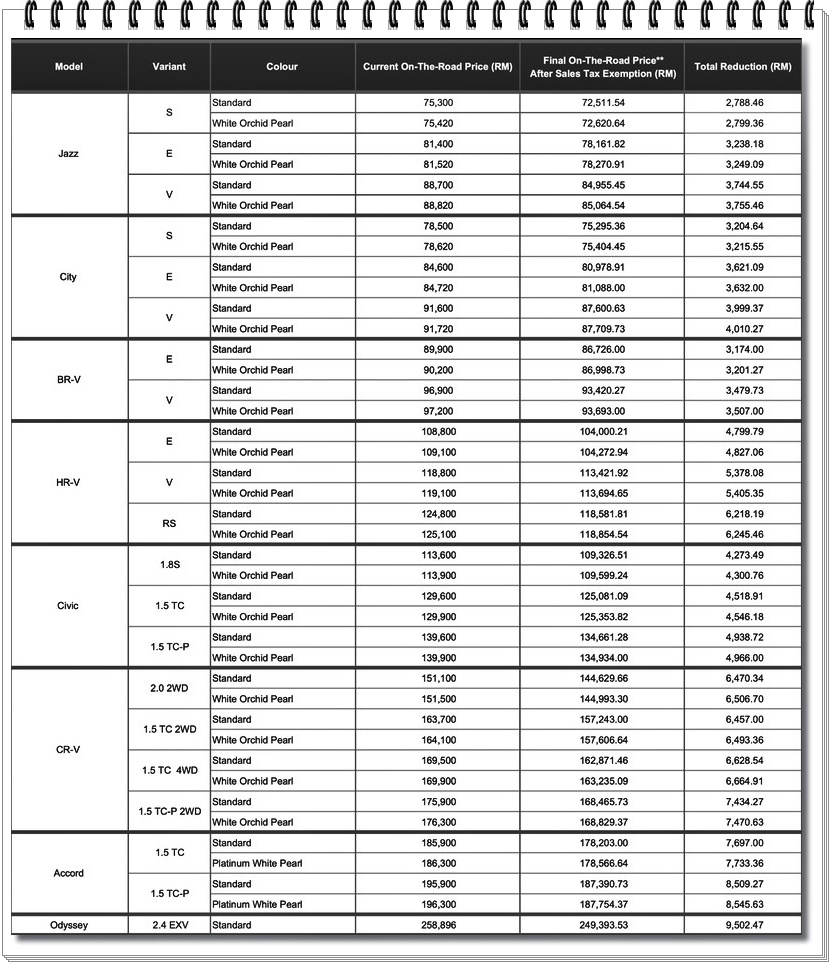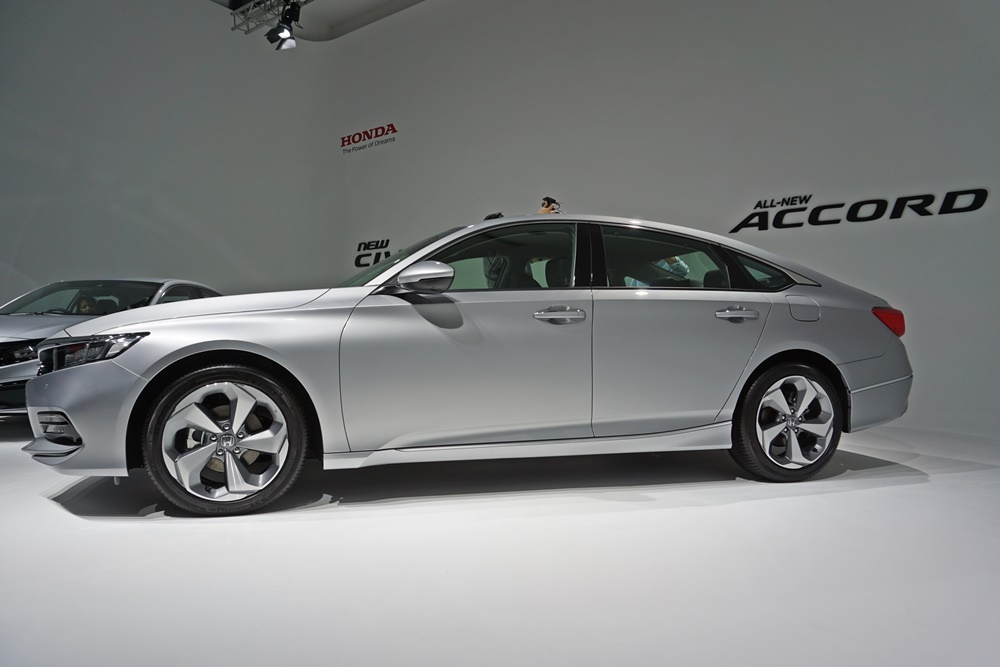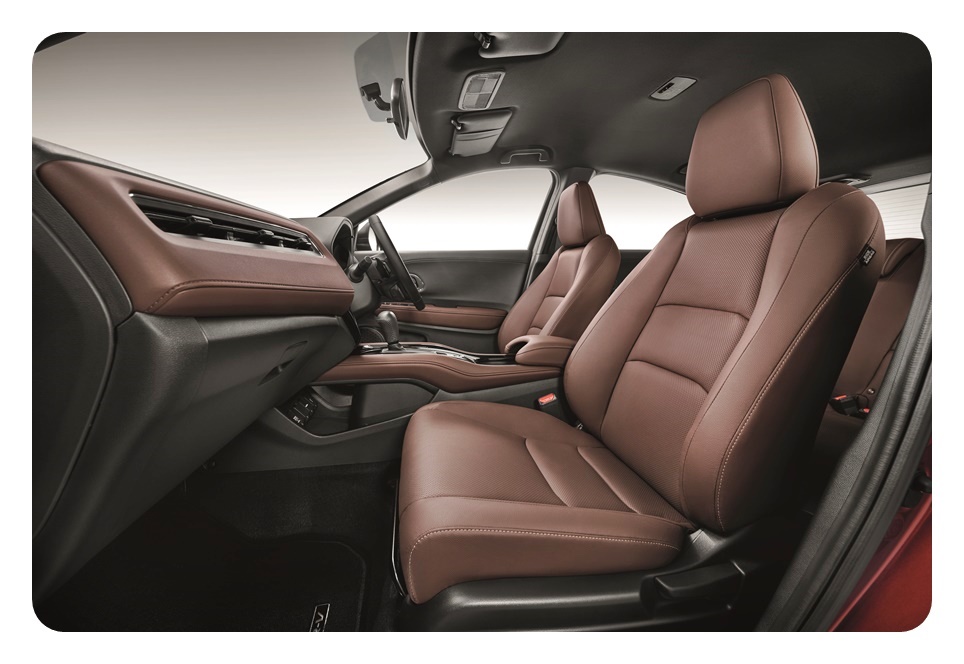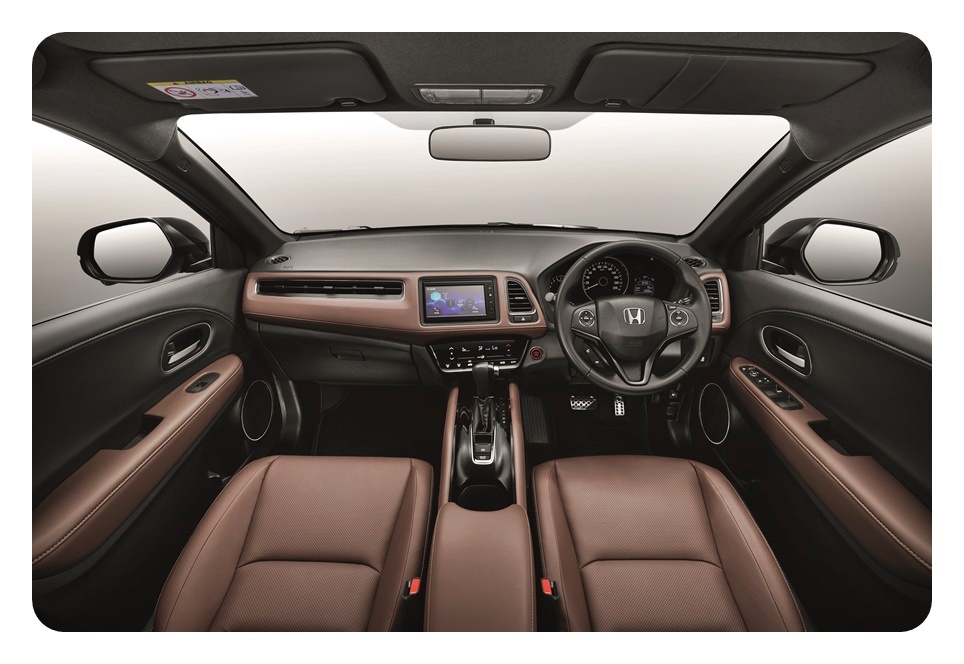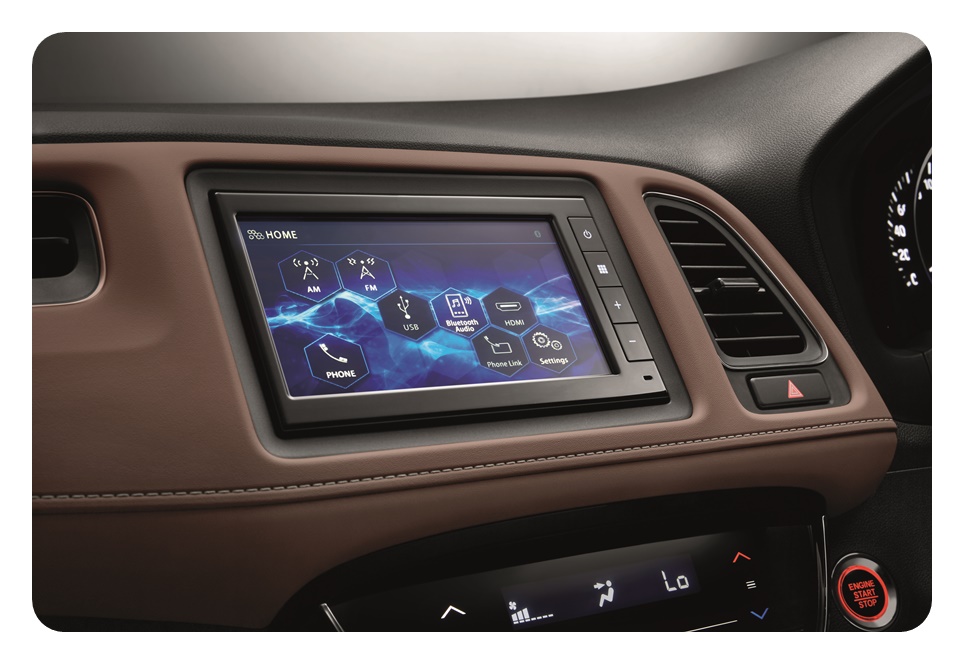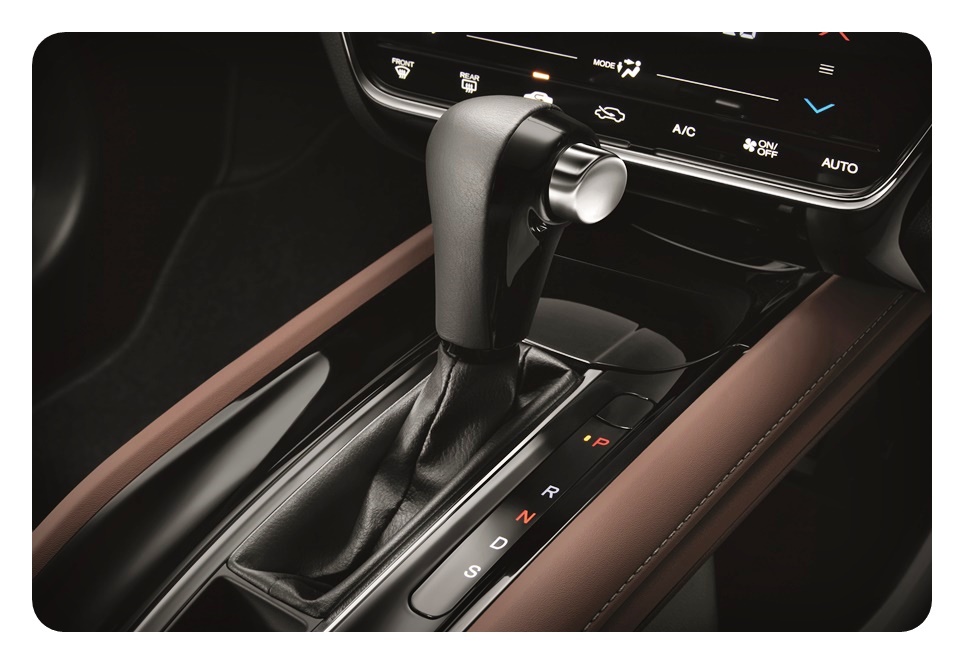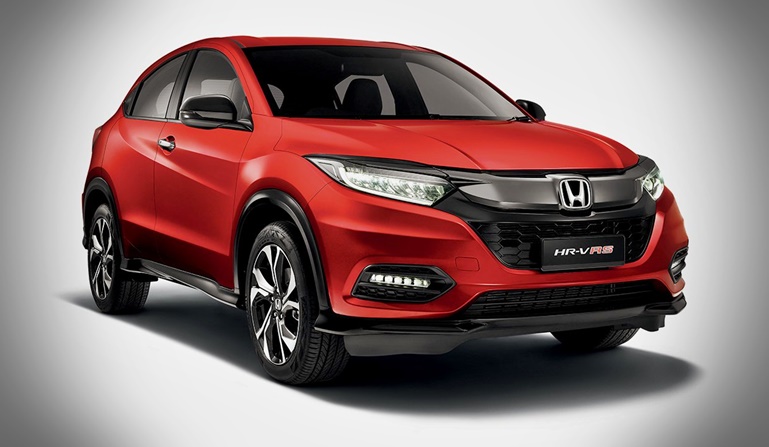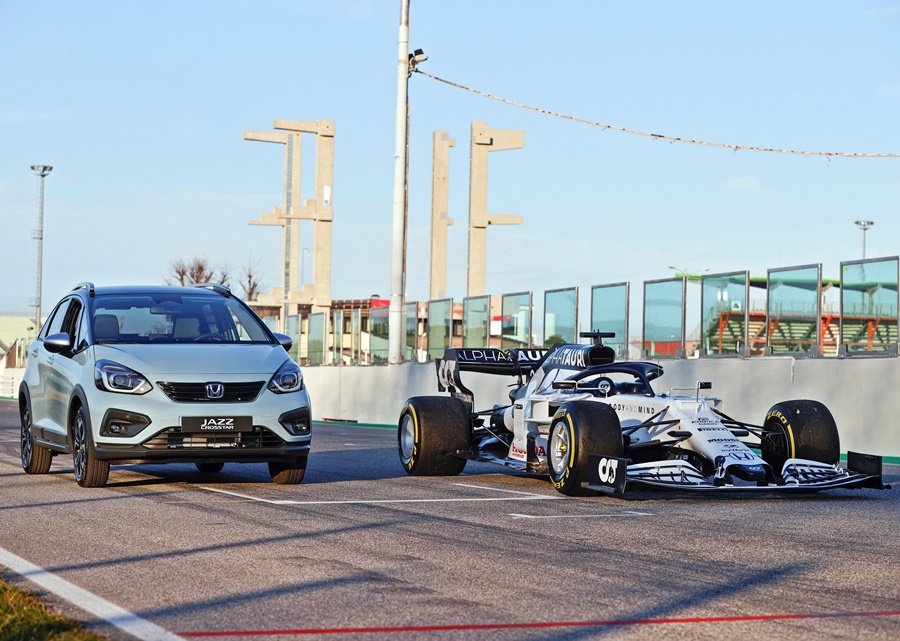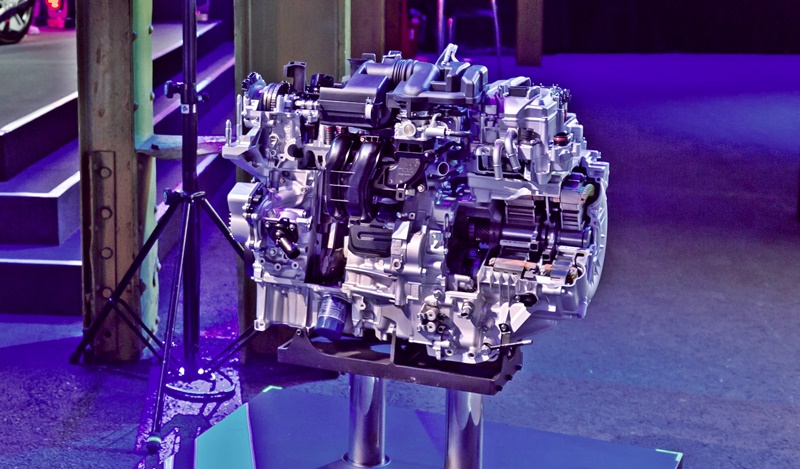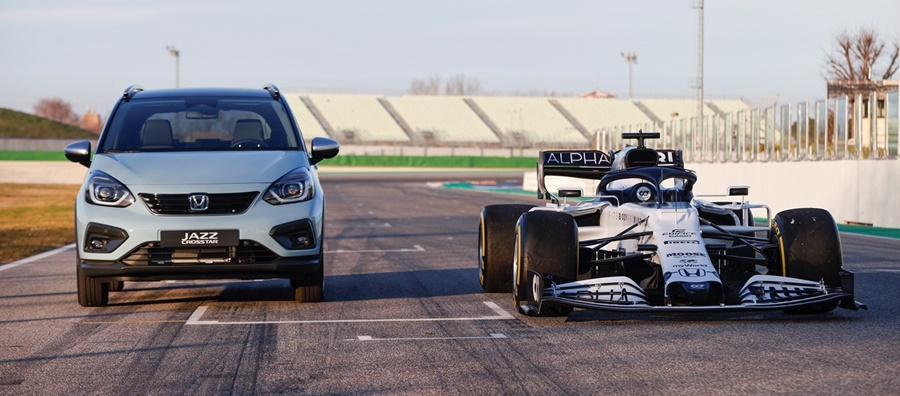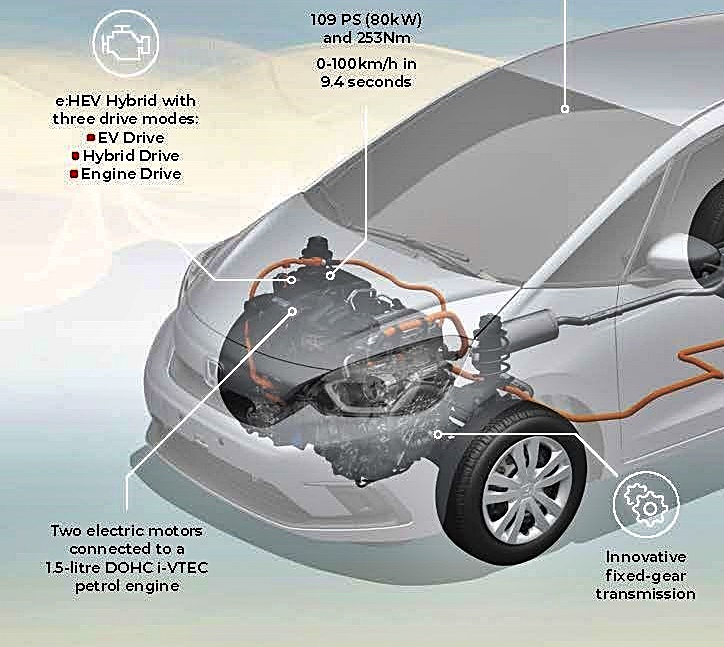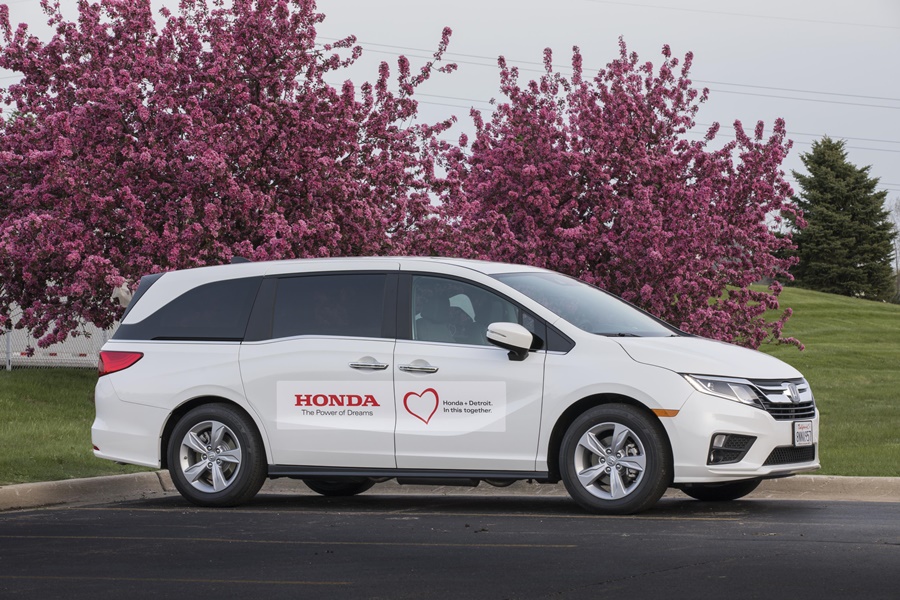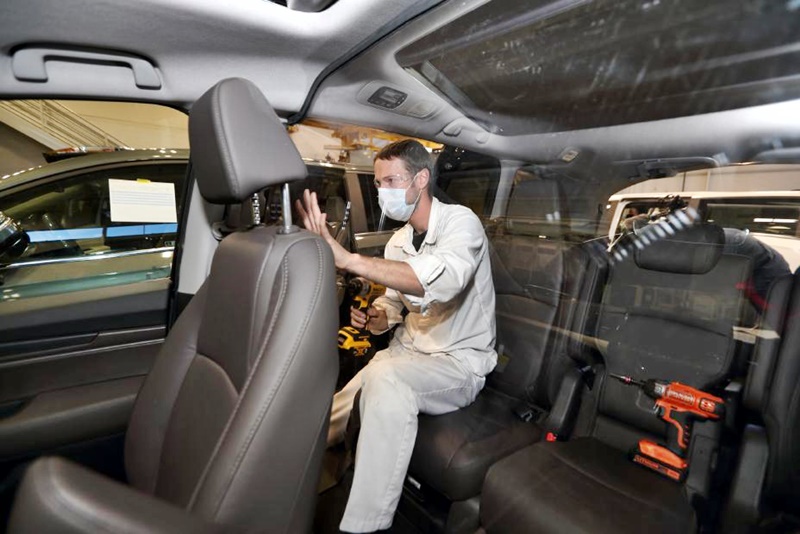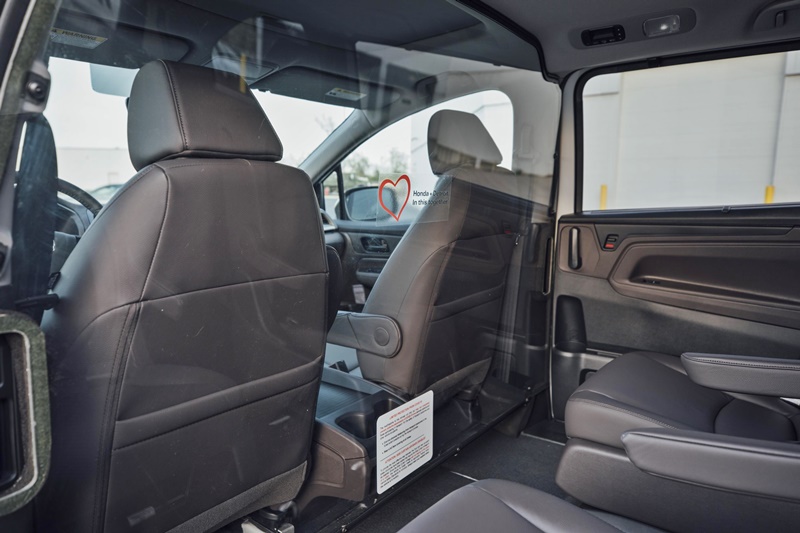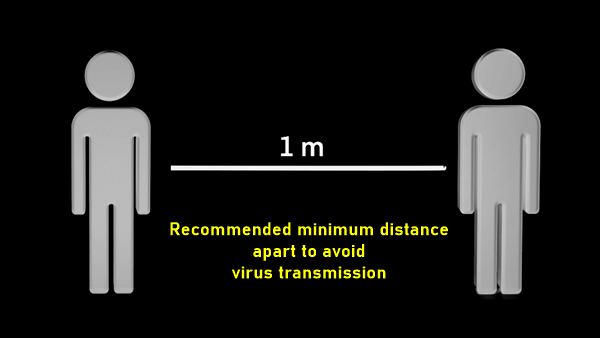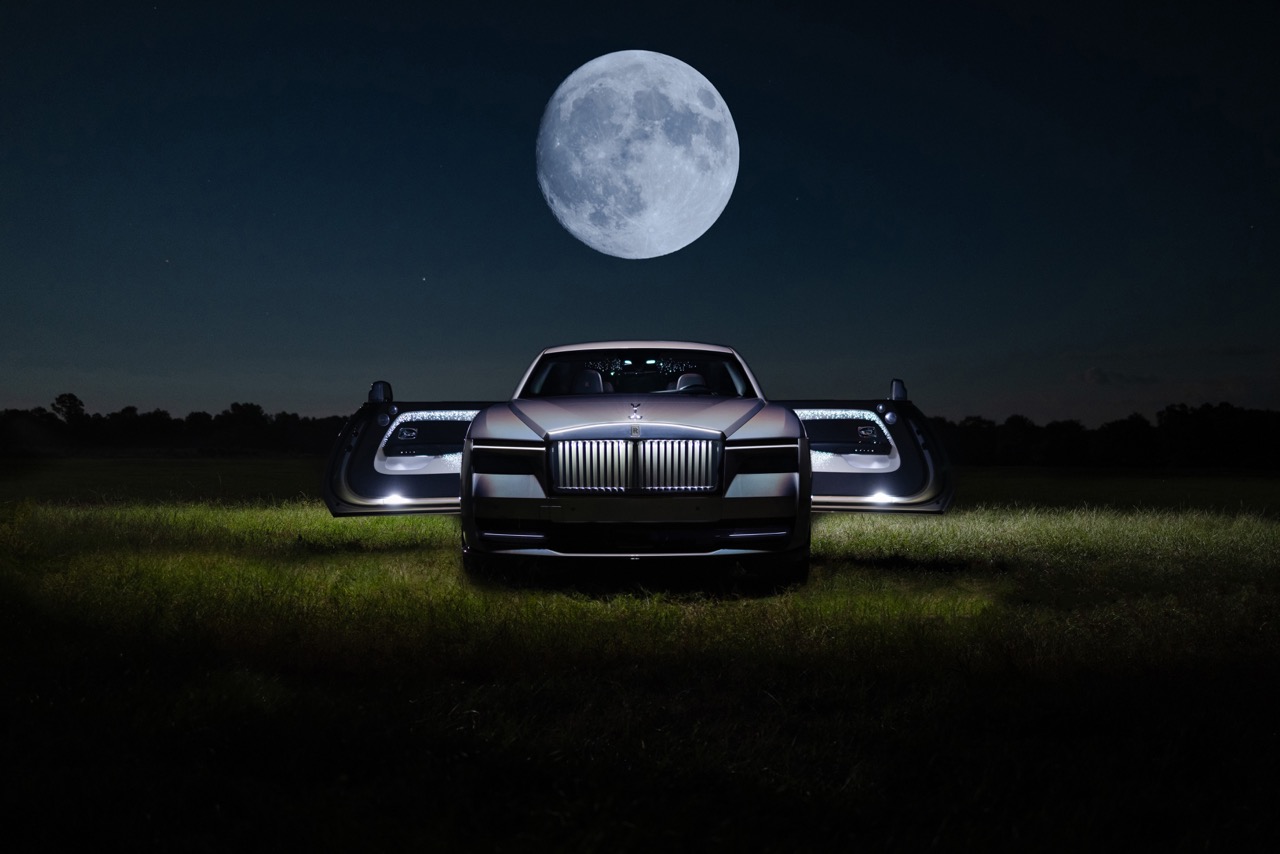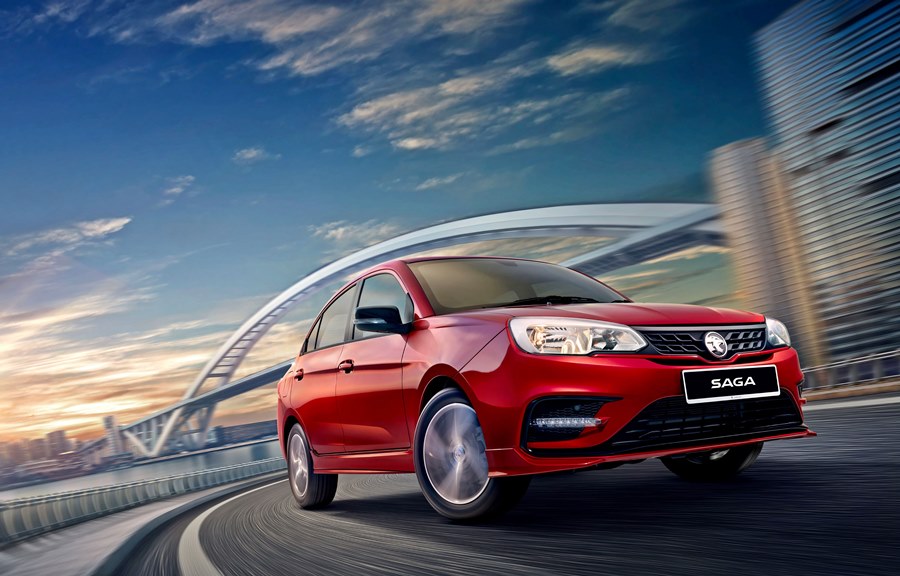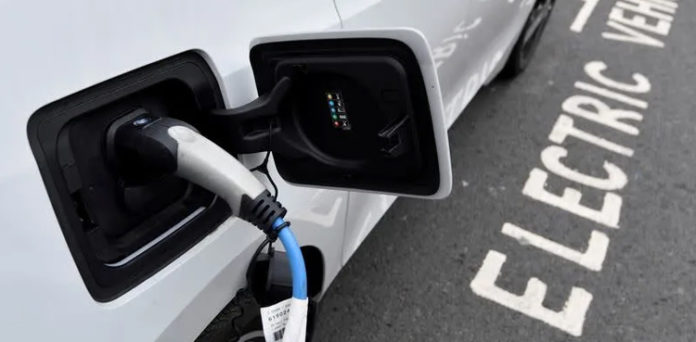Honda has announced that it will not participate in the Formula One World Championship as a power unit supplier after the 2021 season ends. The carmaker, which was the first Japanese manufacturer to participate in Formula 1 in the 1960s and a regular name in the decades that followed, made the decision in order to concentrate corporate resources on research and development of new power units and energy technologies.
Why Honda is stopping
“At this time, Honda made a decision to further accelerate such initiatives and strive for the realization of carbon neutrality by 2050, in order to realize a sustainable society. To this end, our current goal of electrifying two-thirds of our global automobile unit sales in 2030 will become a checkpoint we must pass before we get to the 2050 goal, and therefore we must further accelerate the introduction of our carbon-free technologies,” said Takahiro Hachigo, President, Representative Director and CEO of Honda Motor Co.
“For the future realization of carbon neutrality, as a part of this change, we decided to allocate our energy management and fuel technologies as well as our human resources amassed through F1 activities to research and development of advanced power unit and energy technologies. Under such an enhanced R&D system and capability, Honda will focus on the creation of advanced power unit and energy technologies and the realization of carbon neutrality in the future,” he explained.
Racing is in Honda’s DNA
Declaring that ‘racing is in Honda’s DNA’, Mr. Hachigo said that the company will continue to be passionate about taking on challenges and striving to become No. 1 in all categories of racing in which Honda participates.
“Ever since our founding, Honda has been advancing its technologies, developing its engineers and nurturing its strong passion for victory through challenges we have taken in motorsports,” he said. “We still have 7 more races this season, and we are introducing a new power unit with improved performance for the next season. In order to fulfil expectations our fans place on Honda, we will work together with Red Bull Racing and Scuderia AlphaTauri to continue competing with our utmost effort and strive for more victories all the way to the end.”
Honda had resumed its involvement in F1 in 2015 after a 9-year absence, but it did not enjoy the sort of great successes as it did in earlier years. In 2019, it scored three wins last season and has had two wins so far in the 2020 season. The victory of Scuderia AlphaTauri at this year’s Italian Grand Prix was the first time a power unit manufacturer had won with two different teams since the start of Formula One’s hybrid era in 2014.
Commenting on the announcement, Red Bull Racing’s Team Principal, Christian Horner, said: “As a team, we understand how difficult it has been for Honda Motor Company to reach the decision to step back from Formula One at the end of the 2021 season. The shifting focus within the automotive industry has led to Honda’s decision to re-deploy their resources and we understand and respect the reasoning behind this. Their decision presents obvious challenges for us as a team, but we have been here before and with our strength in depth, we are well prepared and equipped to respond effectively, as we have proven in the past.”
“Scuderia AlphaTauri and Honda have built up a very good and professional relationship since we started to cooperate in 2018,” said Team Principal, Franz Tost. “We enjoyed great success together in the last few years, winning a race and finishing on the podium twice, with one second and one third place. It’s unfortunate that Honda has decided to stop their commitment in Formula One, because their Power Unit’s performance has been improving constantly and dramatically to become one of the best engines on the grid in a short period of time, since they returned to the sport.”




